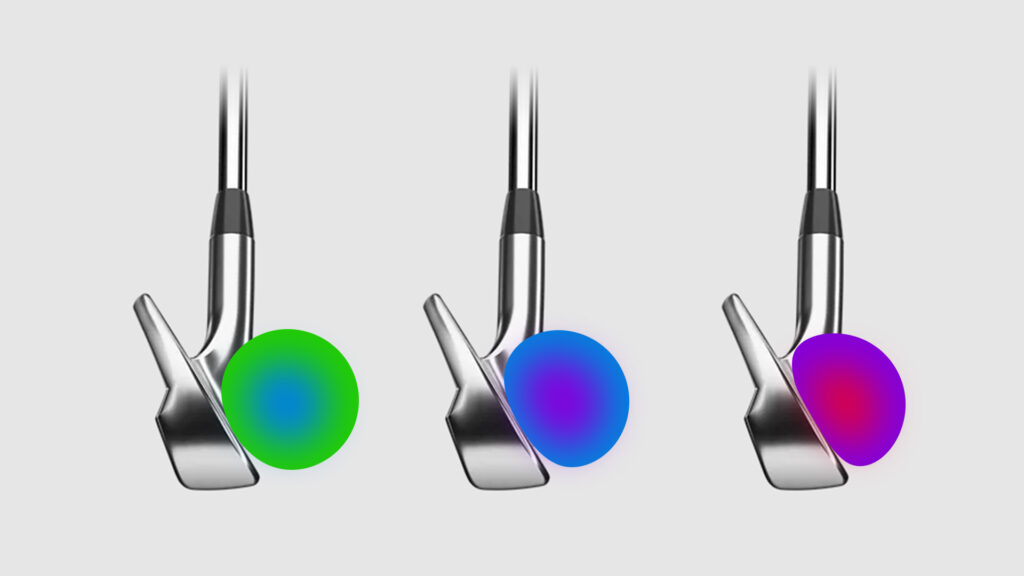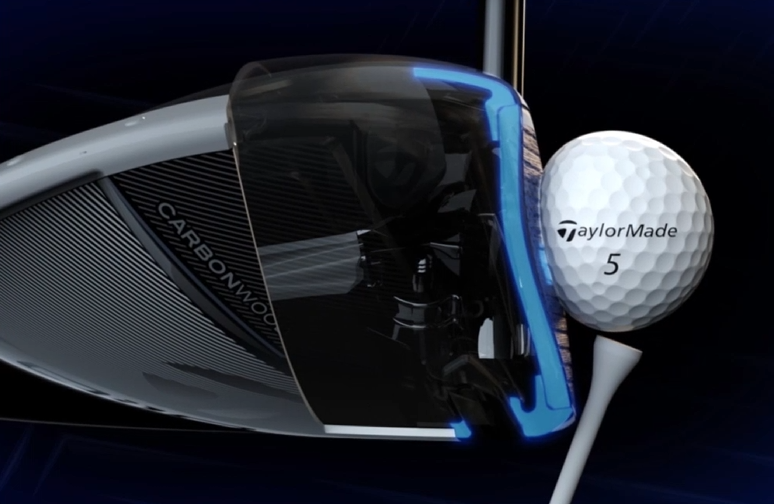Golf Ball Compression: Understanding What’s Best For You

Golf ball compression ratings relates to how much or how little a golf ball compresses when struck by a golf club. All golf balls have a compression rating between 0 (very low compression ball) and 200 (very high compression ball). A low compression ball is a softer ball which compresses a lot on impact whereas a high compression golf balls are harder and will compress less on impact. Compression is one of the most important factors to consider when deciding what ball to use.
A low compression golf ball will compress against the clubface more than a high compression ball with the same swing speed. It is possible to over compress a golf ball or under compress a golf ball on impact – which can give a poor feel and performance. The key is to match golf ball compression with your swing speed to get the best feel and performance.
For the perfect golf ball fit, try our online fitting tool to match your preferences with a golf ball suited for you.
Compression and swing speed
Matching a golf ball with the right compression for your swing is essential for getting the most out of your golf ball. Compression is not the only factor that determines whether a golf ball is suited to you, feel, spin, and launch are all very important too.
- Fast swing speed (100+mph) = higher compression rating (90+)
- Medium swing speed (85-100mph) = medium compression rating (70-90)
- Slower swing speed (<85mph) = low compression rating (<70)
These swing speeds and compression ratings are a guide to help understand what golf ball suits your swing.
Related: Top Premium Golf Balls (2024)
Low compression golf balls

Low compression golf balls are generally suited to golfers with a slower swing speed. They are usually a 2 piece ball with a soft core and a hard ionomer cover. Popular examples include: Callaway Supersoft, Srixon Soft Feel or Titleist TruFeel golf ball.
Usually If you have a driver swing speed of less than 85 miles per hour a compression rating of less than 70 will give the right performance.
Lower compression balls will give players with slower swing speeds a little more ‘spring’ on impact and can help to provide more distance. Compared to firmer alternatives, soft balls also provide less spin which provides a straighter ball flight – making them an ideal choice for many beginner golfers.
High compression golf balls
High compression balls perform best with high swing speeds. Most tour professional golfers use a medium to higher compression ball because they generally produce high club head speed. Higher compression golf balls are usually constructed with either a 3 piece, 4 piece or even 5 piece construction that also produces more spin.
High compression golf balls do not produce more spin because they are a firmer ball, it is more to do with the construction. Higher compression balls have a harder core compression with a softer, thinner urethane cover. Popular examples are the Srixon Z Star, Titleist Pro V1 and the TaylorMade TP5
How does golf ball compression affect performance?
A golf ball deforms on impact with the club face of the golf club. The compression directly influences the feel and feedback for the golfer.
Using low compression balls with high swing speeds
If a player with a swing speed too fast for the compression of the golf ball they are using it might feel ‘squishy’ to the golfer and produce a dull sound. When you over compress a golf ball it deforms too much to get the optimum performance and can produce a wobble during the flight of the ball. If this happens, the golf ball will often drop suddenly during its flight, and drop well short of the potential distance if you used the correct golf ball for your swing speed.
A golfer with a slower swing speed will get good results from a softer ball and efficiently compress it on impact. This can lead to high ball speed which results in good distance. Using the same soft ball a golfer with a slow swing speed may get just as much distance as a player with a fast swing speed who over compresses the ball.
Using high compression balls with slow swing speeds
A ball with compression too high for your swing speed is likely to have a hard feel which may feel like you are hitting a rock. It can also create unwanted spin which will not help if you have a slice or a hook in particular. Distance will be negatively affected because the lack of compression will not produce a satisfactory amount of spring on launch, lowering the ball speed.
Finding the right compression ratio for your swing
Modern golf balls are very good at catering to a variety of golfers, golf ball manufacturers often produce a harder and softer version of their popular models. The Callaway premium range is a perfect example, there are three options available: Chrome Soft, Chrome Tour and Chrome Tour X.
Keep an eye out for ‘marketing spin’ when determining the best golf ball for you and your swing speed. Some manufacturers use the word ‘soft’ to describe the cover when it is actually a firmer golf ball. Compression ratings charts are useful for golfers to understand and compare golf balls to find a match for their game. Golfers compress the ball differently, pros compress their iron shots extremely well using a specific compression technique.
Related article: Soft vs Hard Golf Balls

